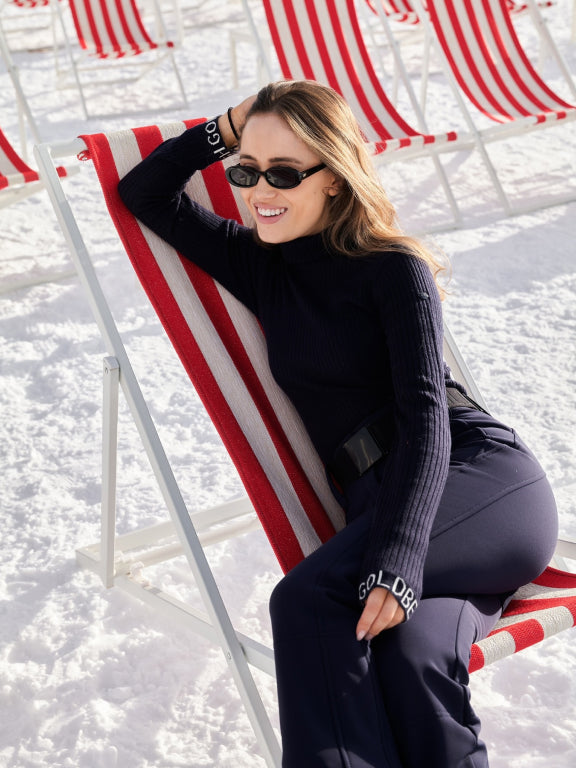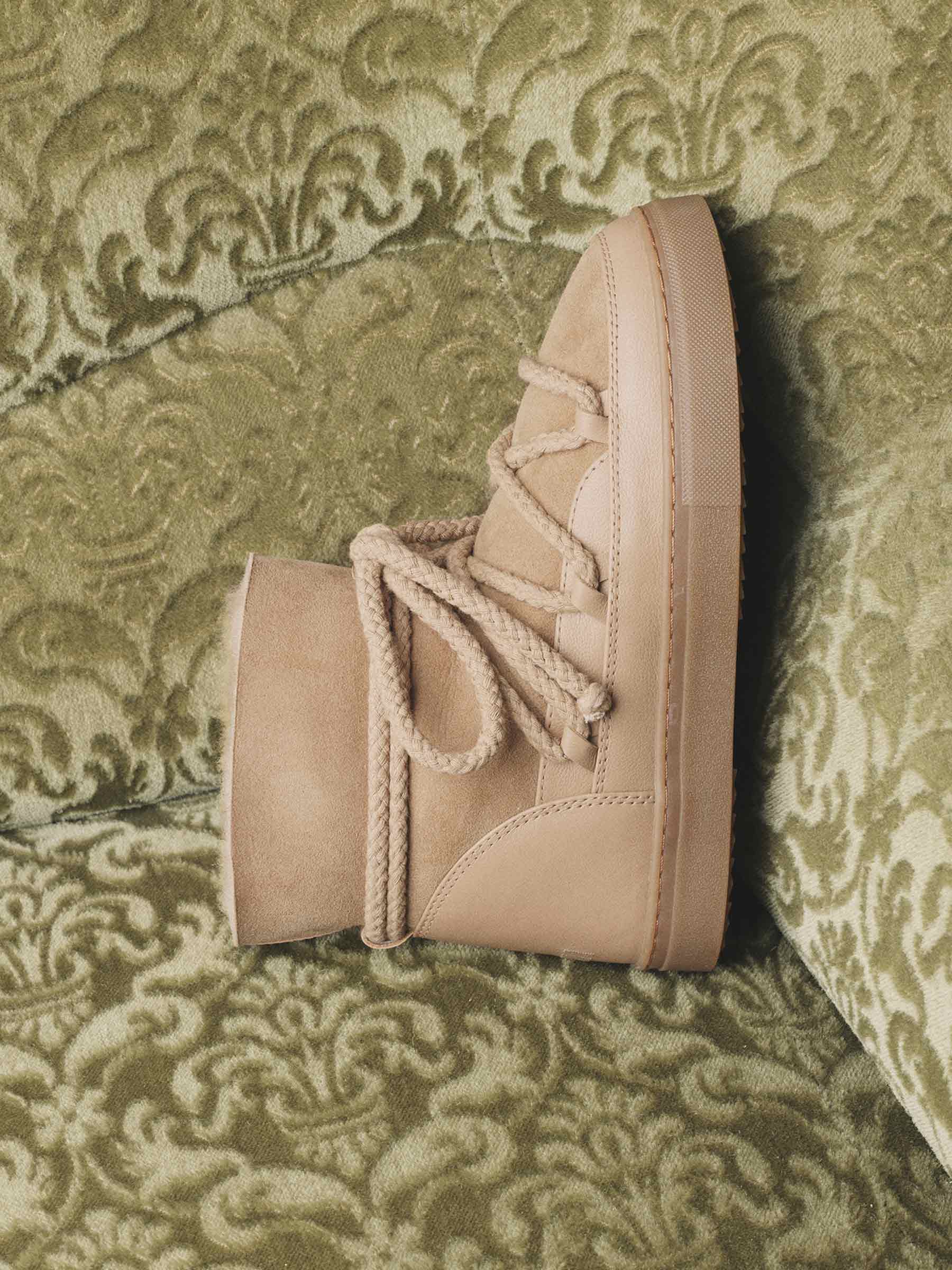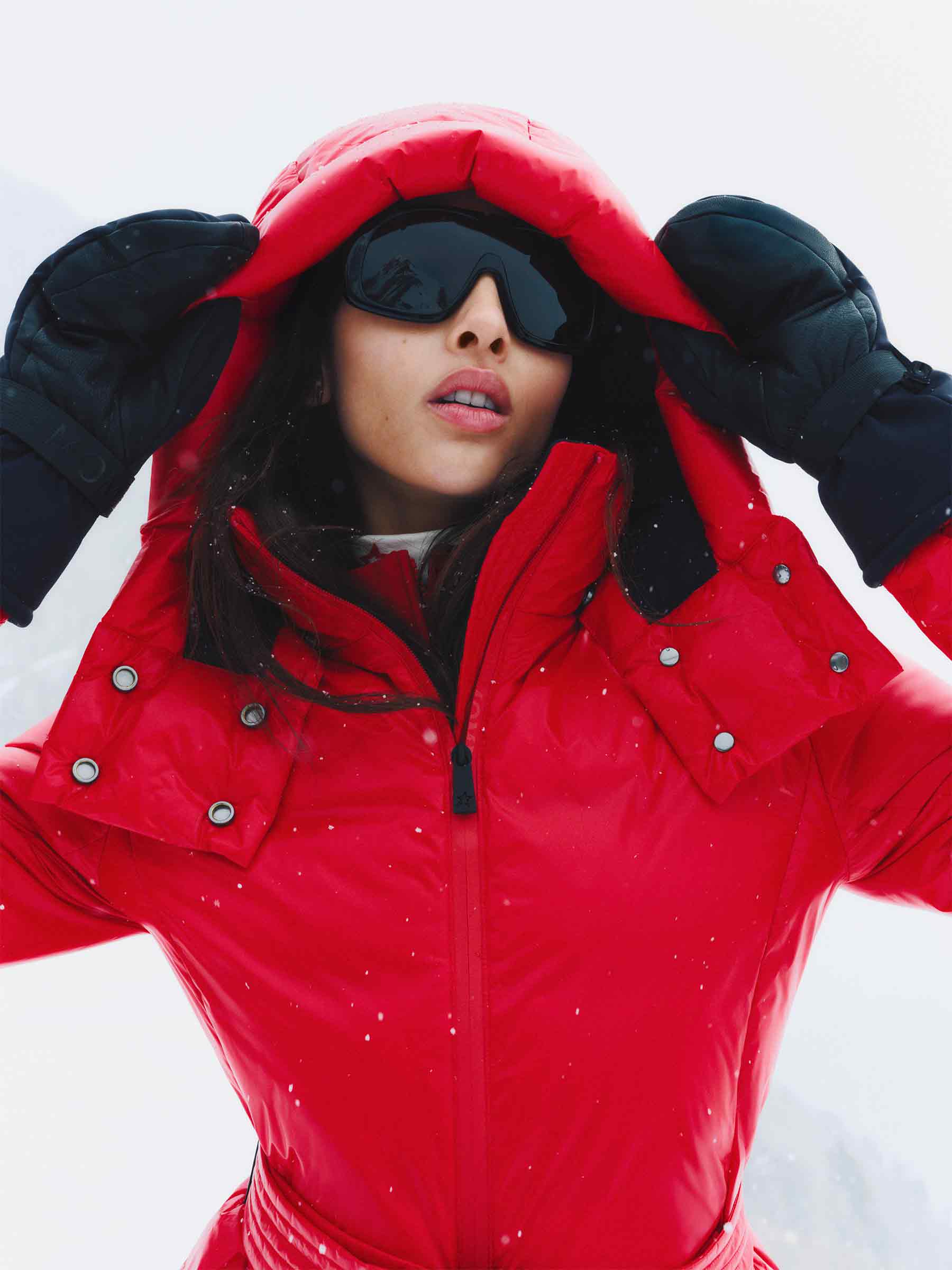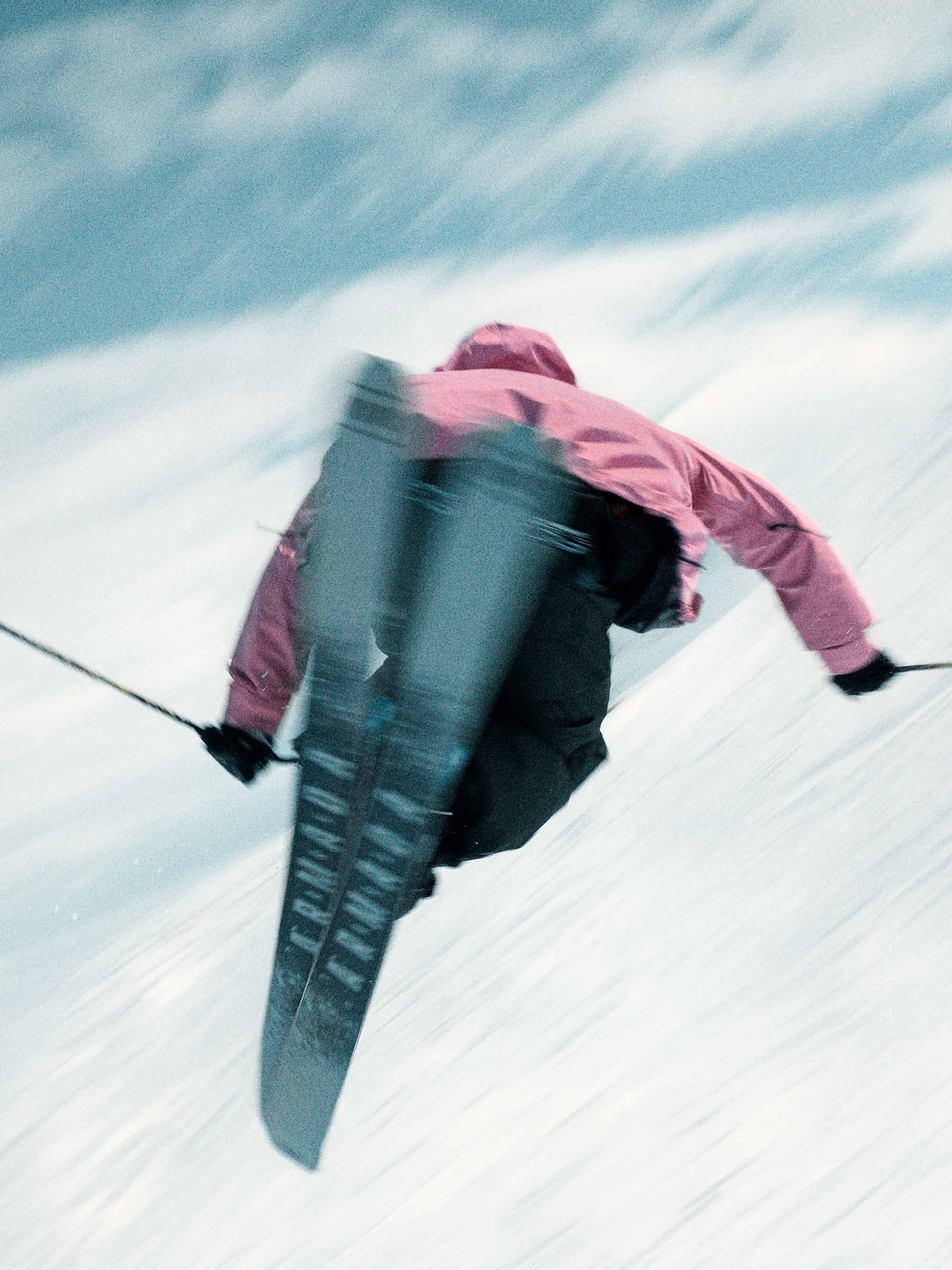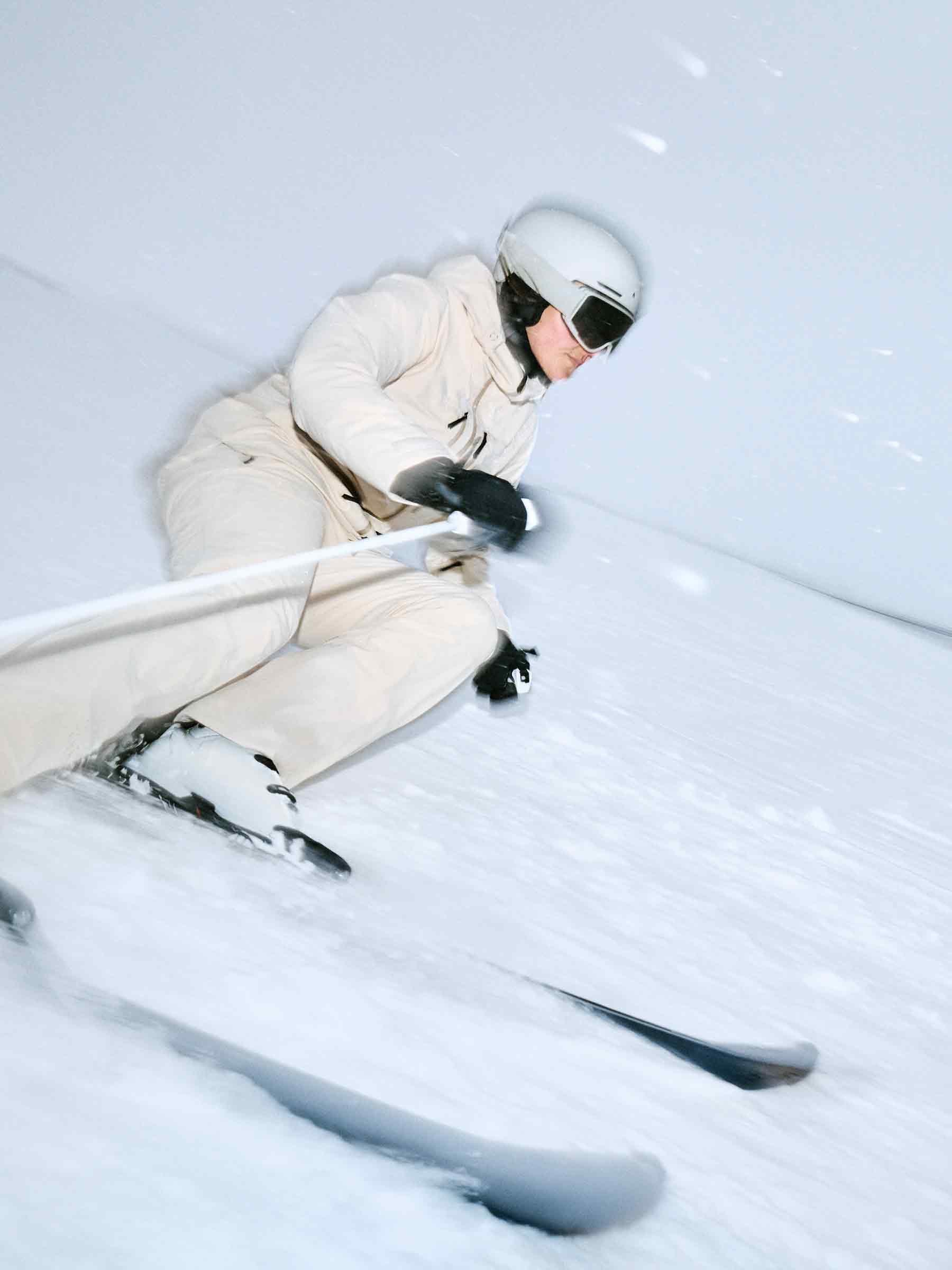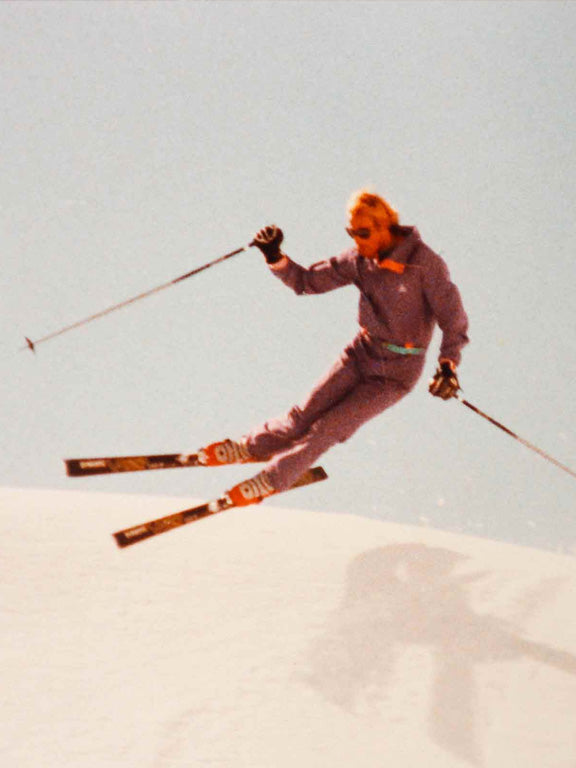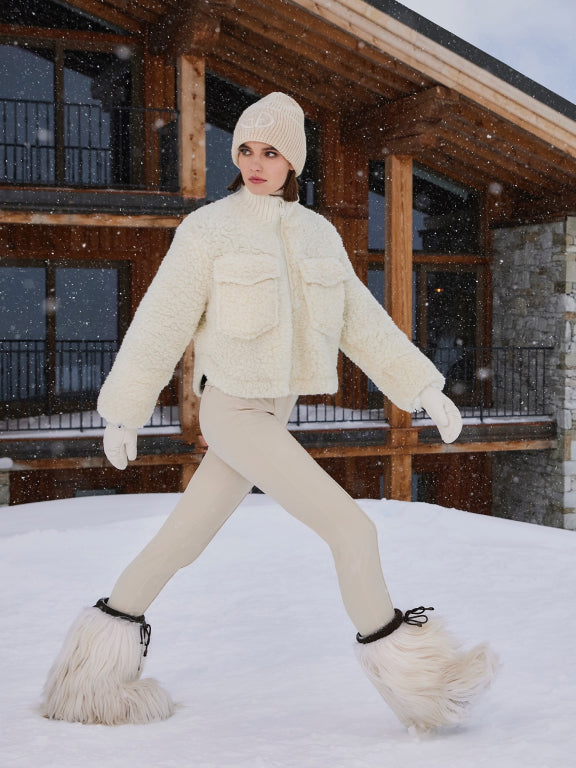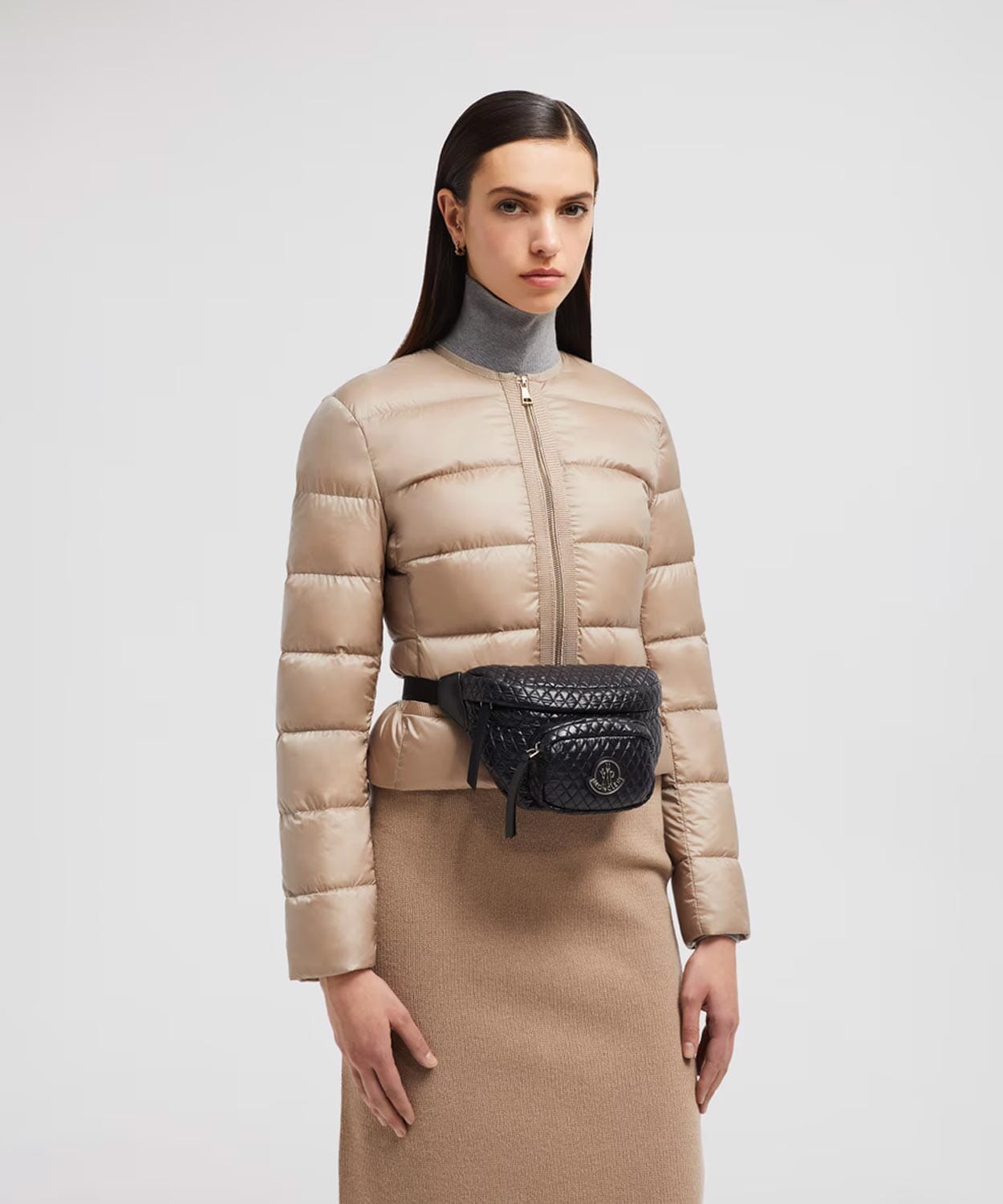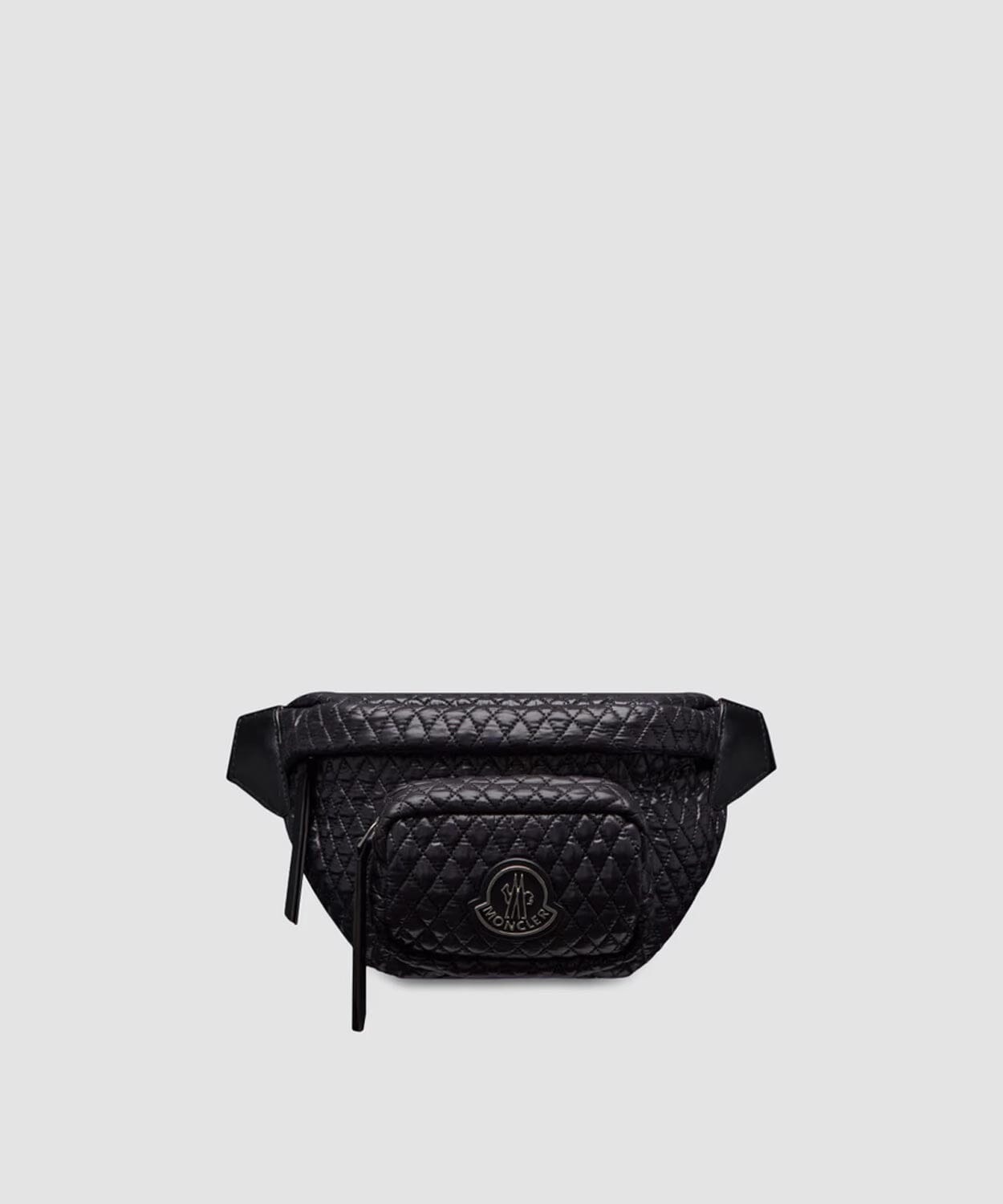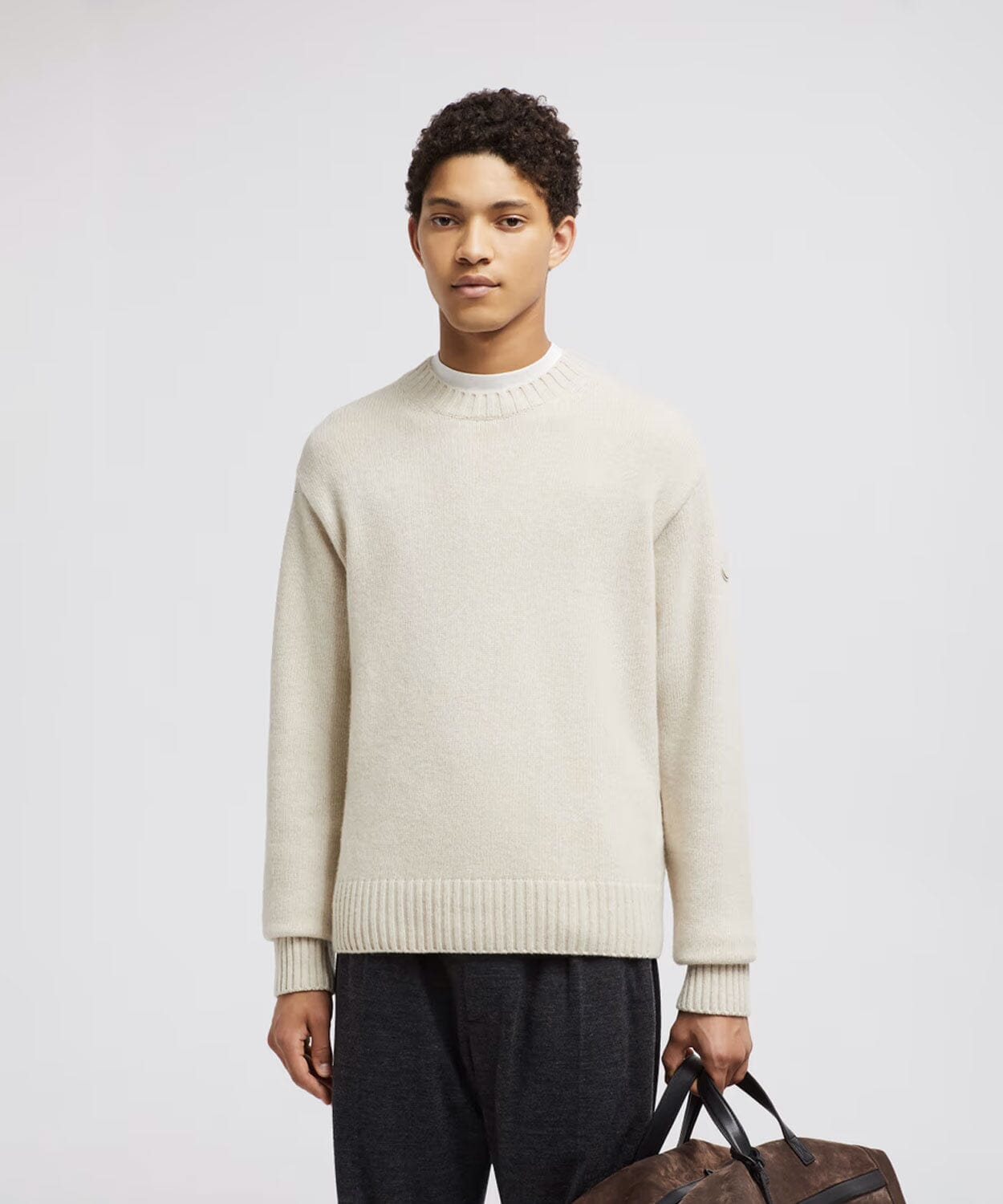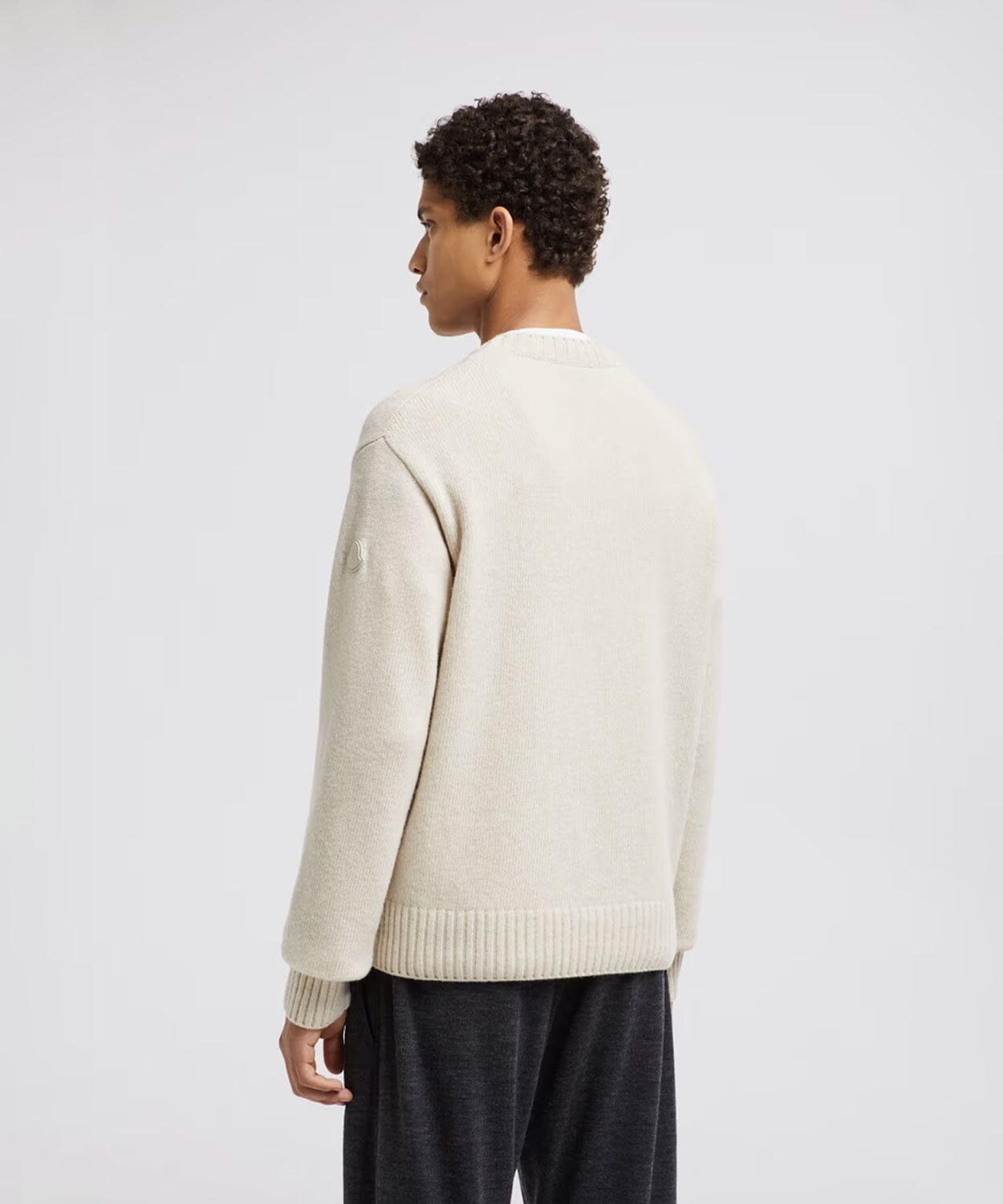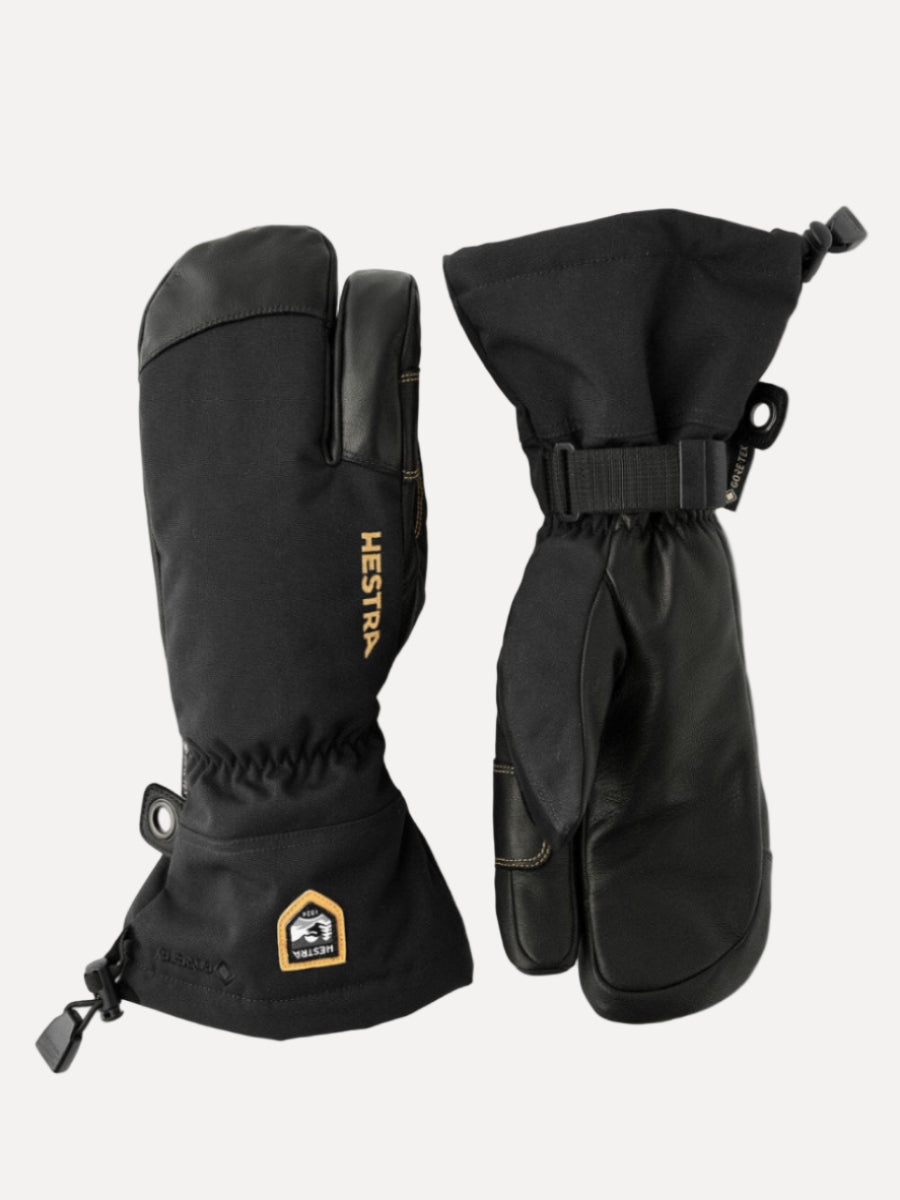
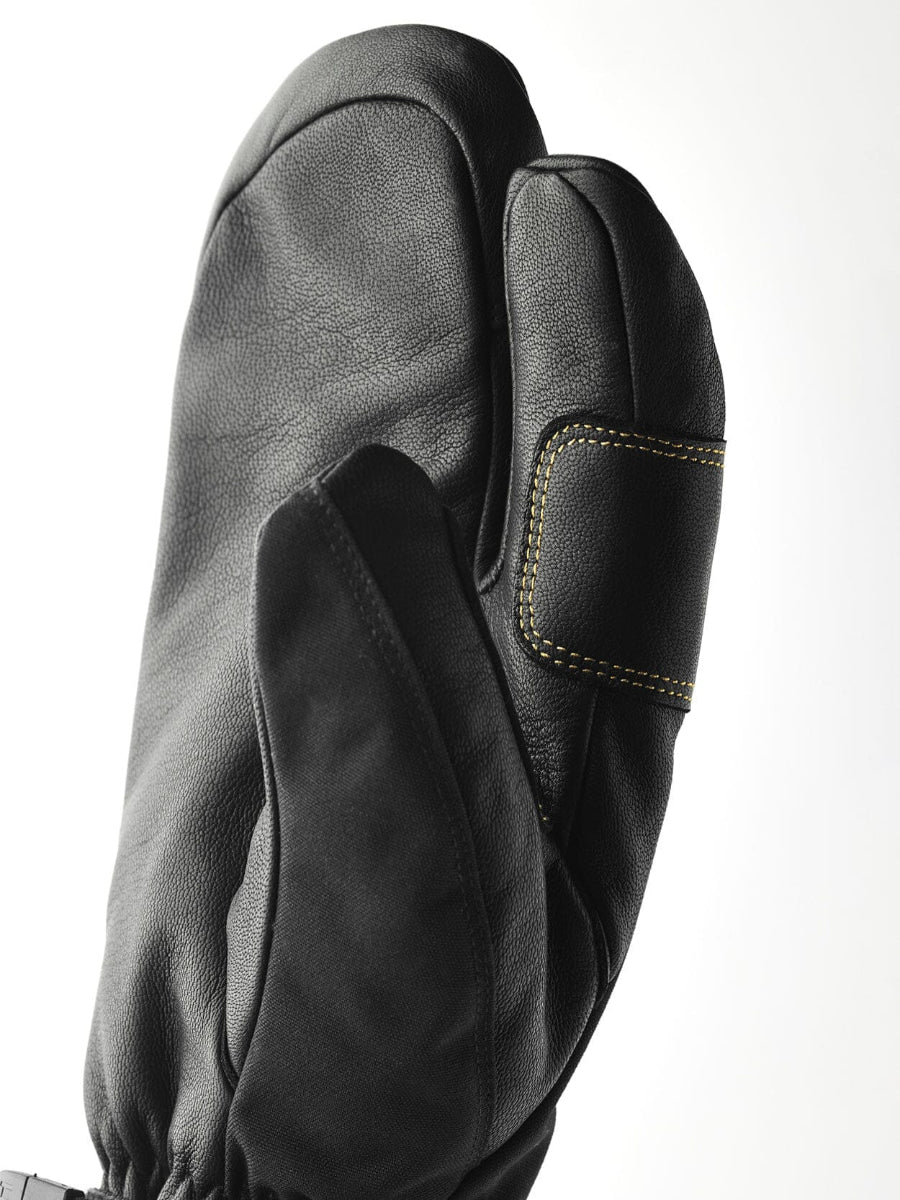
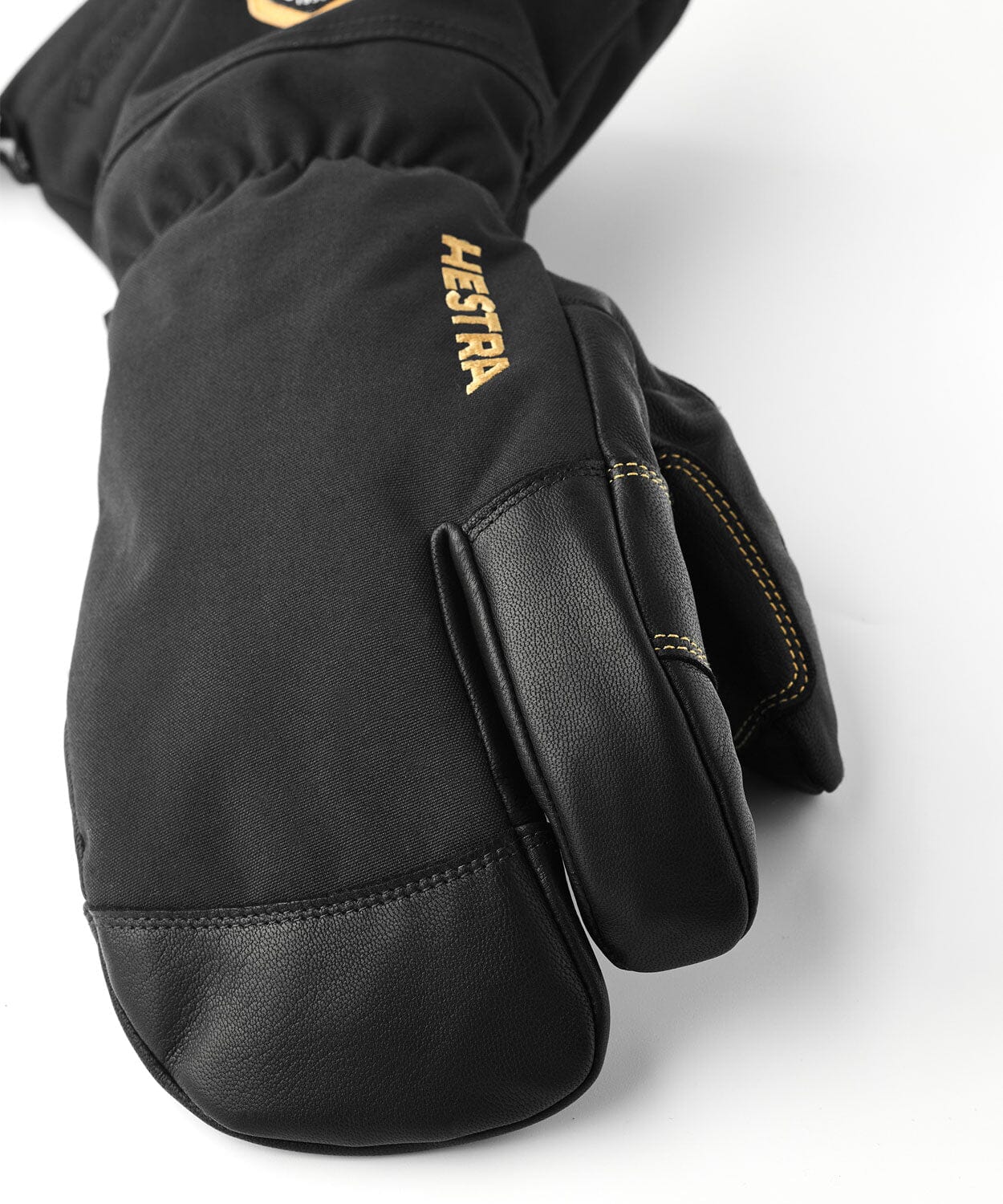
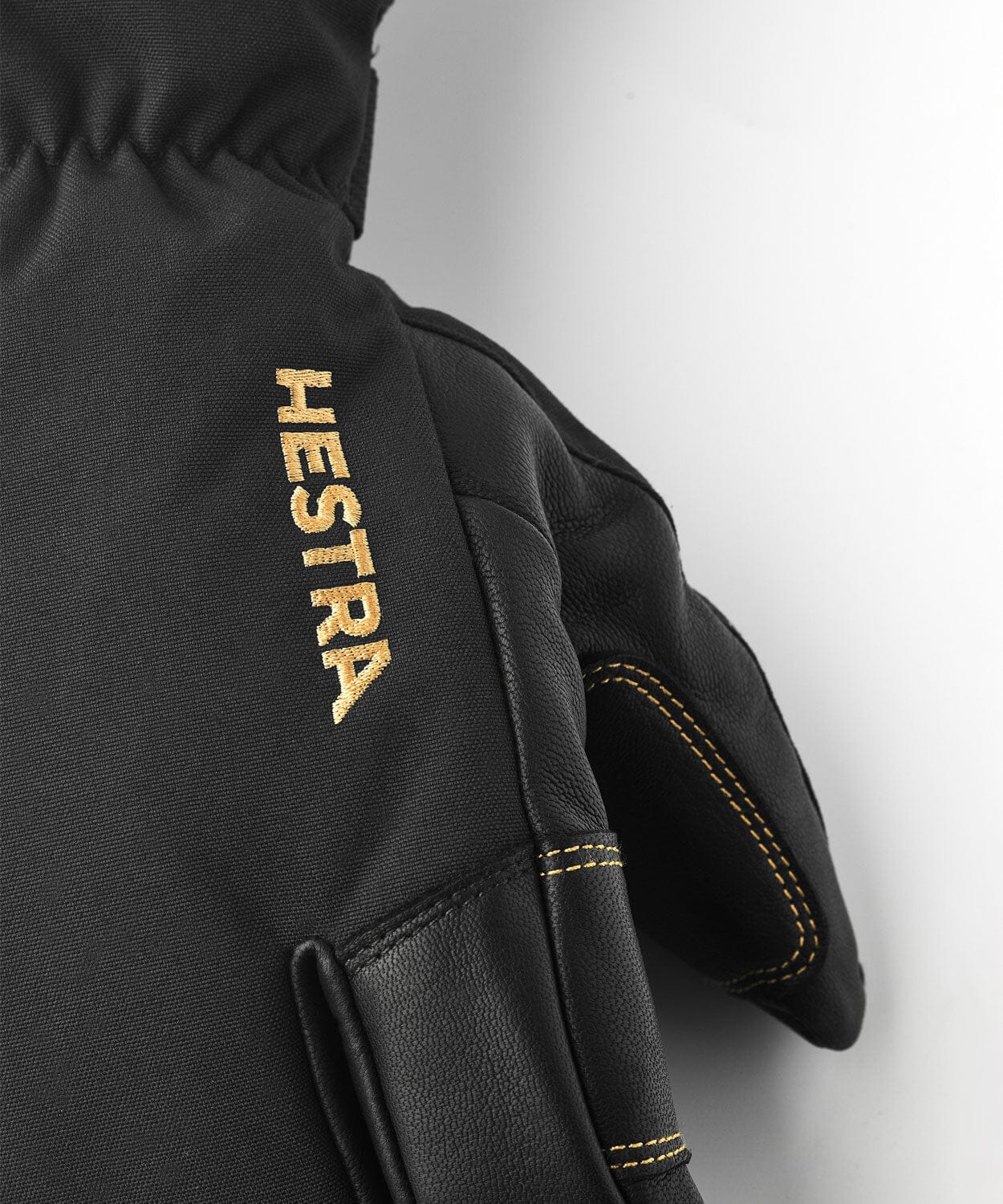

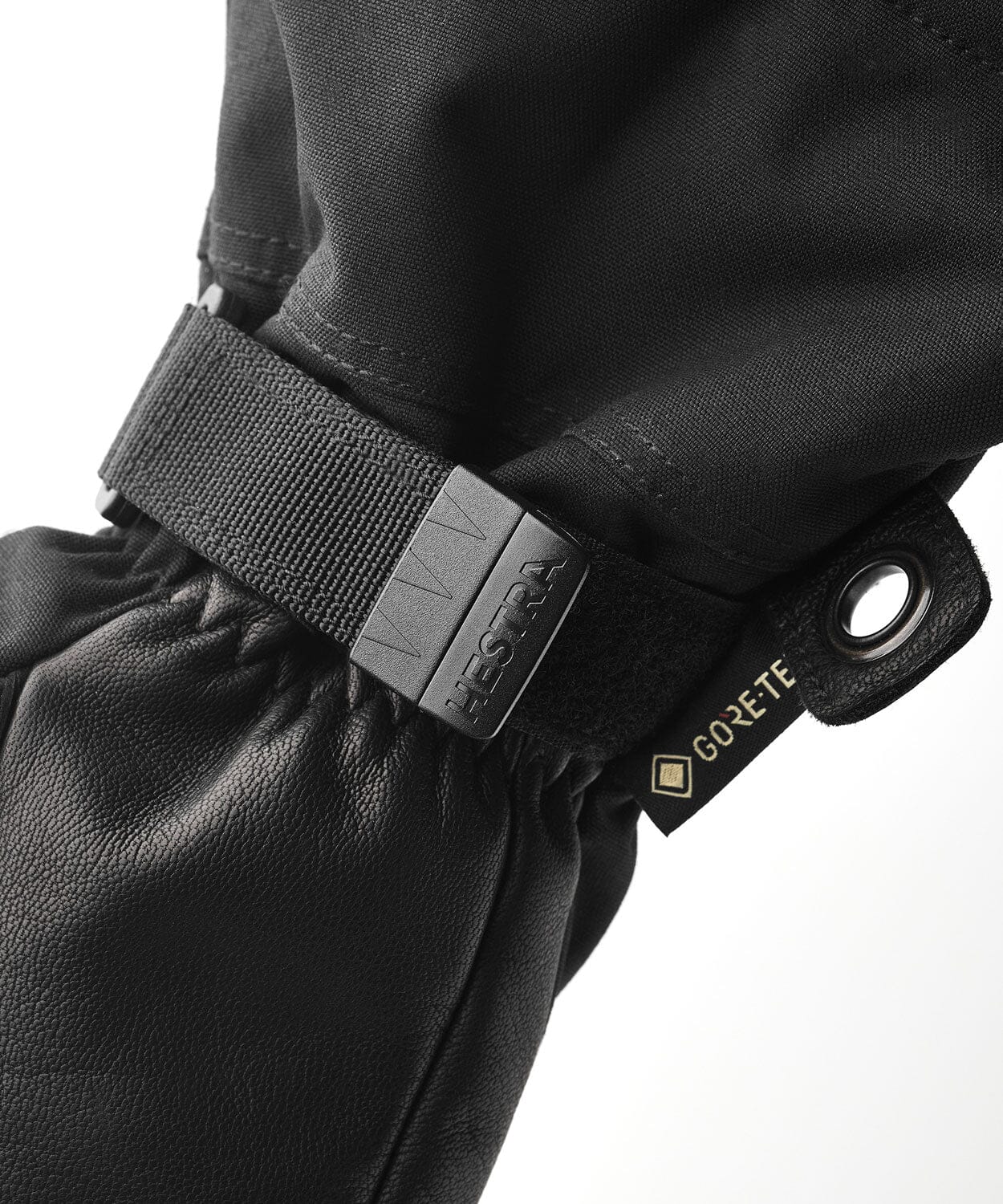
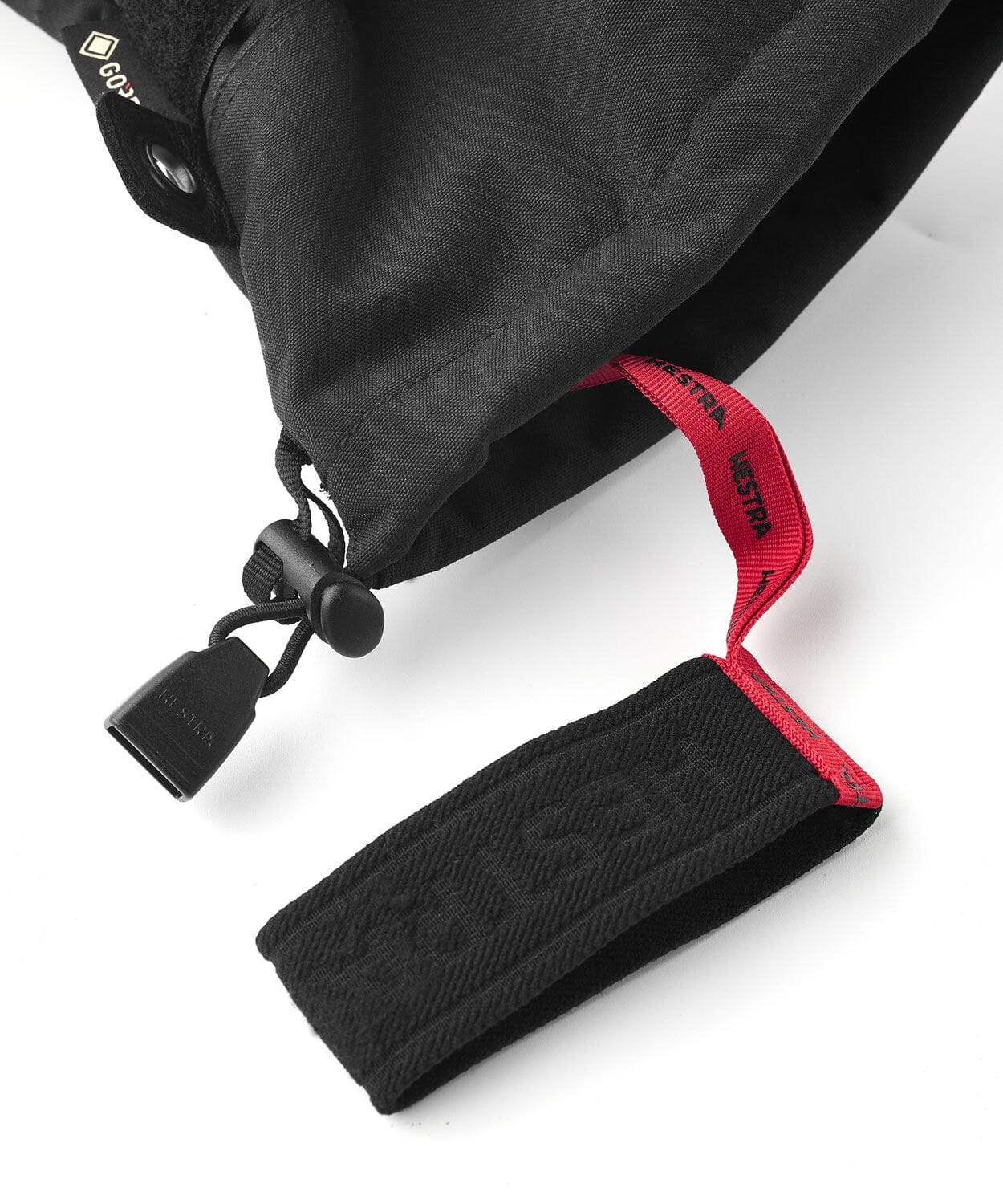
Army Leather Gore-Tex - 3 Finger
Buy now, pay later. Interest free with ![]()
![]()
A long, hardwearing 3-finger alpine ski glove for tough weather conditions and high activity levels. A GORE-TEX membrane provides maximum protection against water while wicking away moisture and keeping your hand comfortably dry. Rated "Best in test" by several ski magazines.
Features:
- Long, hardwearing ski glove.
- Waterproof, PFC-free GORE-TEX membrane with excellent breathability.
- Hardwearing backhand in recycled polyamide.
- Treated goatskin on palm and fingers.
- Soft fleece liner (Bemberg) with warming synthetic insulation (G-Loft).
- High cuff with drawstring adjustment.
- Velcro wrist adjustment.
- Hestra handcuffs (wrist strap) included.
- Carabiner and eyelet provide attachment options.
Enjoy complimentary shipping on domestic orders over $1000. Orders under this amount will incur an $15 shipping fee. Need it sooner? Choose express shipping at checkout for $20.
Click & Collect.
Place your Click & Collect order and we’ll have it ready for pickup at available stores on the same day, if before 10AM. After 10AM it will be available the following day.
Online Return Policy.
We gladly accept returns & exchanges on full-priced items within 14 days* of receipt for a credit note or full refund.
For our full terms and conditions please view our shipping & returns Policy.








